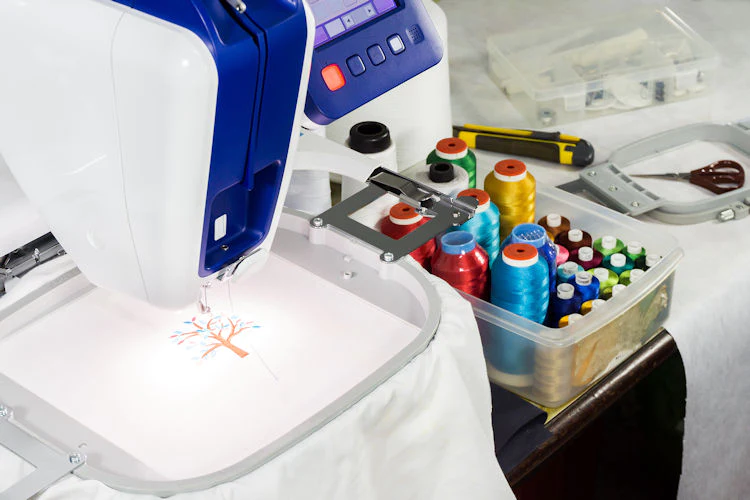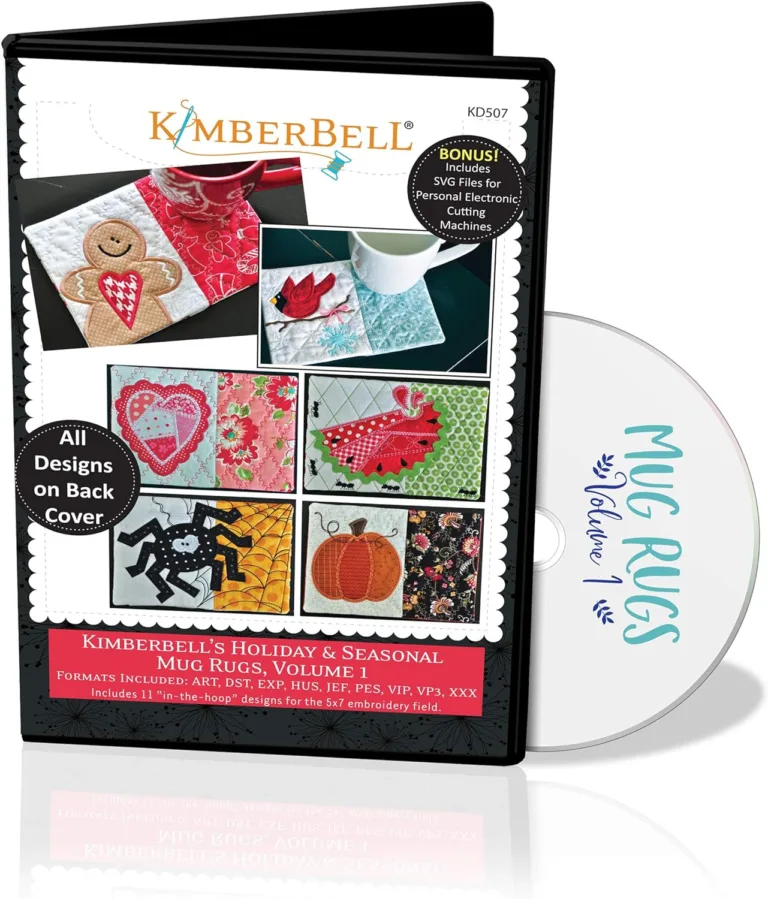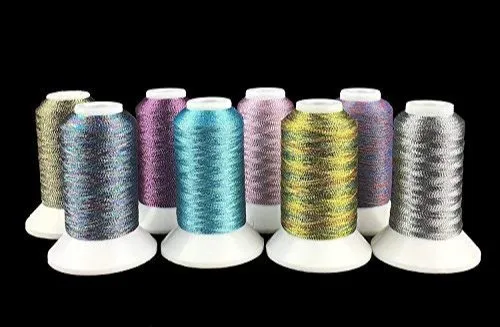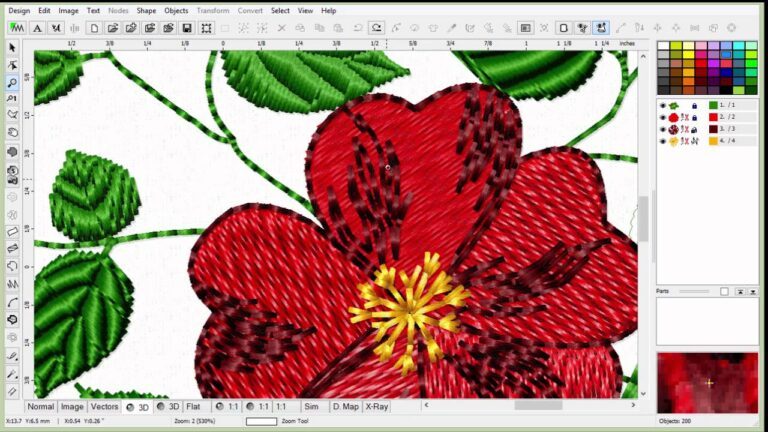Mastering Color Variations: A Symphony of Threads in Your Embroidery Machine
Color is the language of emotions, a powerful tool that imbues life into embroidery. While a single hue can be stunning, true mastery lies in wielding the myriad variations within a color palette. This article delves into the depths of color theory, unlocking its secrets to create vibrant, harmonious, and impactful embroidery designs.
Embracing the Color Wheel:
Your journey begins with the fundamental building block: the color wheel. This circular spectrum depicts the primary colors (red, yellow, blue), secondary colors (orange, green, violet) formed by mixing primaries, and tertiary colors (blends of secondary colors). Understanding the relationships between these hues is crucial.
-
Complementary Colors: Opposites on the wheel, these create high contrast and vibrancy. Think red and green, blue and orange. Use them sparingly for accents or bold statements, as overuse can be jarring.
-
Analogous Colors: Neighbors on the wheel, these share a base color and blend harmoniously. For example, blue, blue-green, and green create a calming, natural feel. They’re perfect for creating depth and subtle transitions.
-
Triadic Colors: Three equidistant points on the wheel, these offer dynamic balance. Red, yellow, and blue are the primary example. Use them with caution, ensuring one dominates for cohesion.
The Magic of Value and Saturation:
Color isn’t just about hue; it’s also about its value (lightness/darkness) and saturation (intensity). Mastering these variables unlocks endless possibilities.
-
Value Gradients: Create depth and dimension by using shades of the same color. Lighter tones recede in the background, while darker ones come forward. This technique is essential for realistic embroidery.
-
Saturation Play: Experiment with vibrant, saturated colors for bold accents or muted, desaturated shades for a softer, vintage feel. Varying saturation within a color family adds visual interest and avoids monotony.
Shades of Inspiration:
Now, let’s explore specific techniques to harness the power of color variations:
-
Thread Blending: This hand-guided technique seamlessly transitions between colors, mimicking natural gradients. Use similar hues with subtle value or saturation differences for best results.
-
Color Layering: Stacking threads of different colors creates depth and texture. Experiment with complementary or analogous combinations for stunning effects.
-
Variegated Thread magic: These pre-blended threads offer instant color variation, perfect for adding dimension and visual intrigue. Choose colors that harmonize with your design.
-
Metallic threads: Add a touch of shimmer and luxury with metallic threads. Use them sparingly as accents or highlights to avoid overwhelming the design.
Color Psychology: Emotion in Every Stitch:
Colors communicate emotions and set the mood. Understanding these associations can elevate your embroidery to new heights.
-
Warm Colors (red, orange, yellow): Evoking energy, passion, and joy, they’re perfect for vibrant florals, fiery sunsets, or playful children’s designs.
-
Cool Colors (blue, green, violet): Associated with calmness, peace, and serenity, they work well for tranquil landscapes, underwater scenes, or elegant monograms.
-
Neutrals (black, white, gray): Offering versatility and sophistication, they provide a perfect base for other colors or stand alone for minimalist designs.
Remember, cultural contexts influence color perception. Research symbolism to avoid unintentional meanings.
Beyond the Basics: Advanced Techniques:
For adventurous embroiderers, explore these advanced concepts:
-
Color Shading: Use different colors to highlight and shadow elements, creating a realistic 3D effect.
-
Color Blocking: Divide your design into distinct color blocks for a modern, graphic look.
-
Rainbow Stitches: Use variegated threads in unconventional stitching patterns for unexpected color interactions.
Practice Makes Perfect:
Remember, mastering color variations is a journey, not a destination. Experiment, explore, and most importantly, have fun! Keep these tips in mind:
-
Start small: Choose simple designs and practice color blending on scrap fabric before tackling complex projects.
-
Seek inspiration: Find color palettes online, study nature, or take inspiration from art and photography.
-
Feedback is key: Share your work with others and ask for constructive criticism. This will help you refine your color choices.
With dedication and these guiding principles, you’ll weave stunning color variations into your embroidery, creating designs that speak volumes with every stitch. So, dive into the world of color, unleash your creativity, and let your embroidery machine sing a vibrant symphony of threads!
Bonus Tip: Experiment with different thread brands and weights. Their subtle variations in tone and texture can further enrich your color palette.
Related Posts
Discover relevant articles, tutorials, and tips to improve your skills and explore new techniques.
Stay inspired and connected to our embroidery community.






